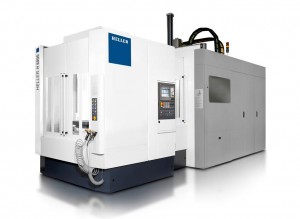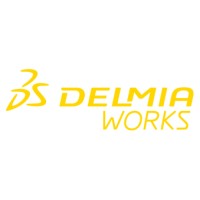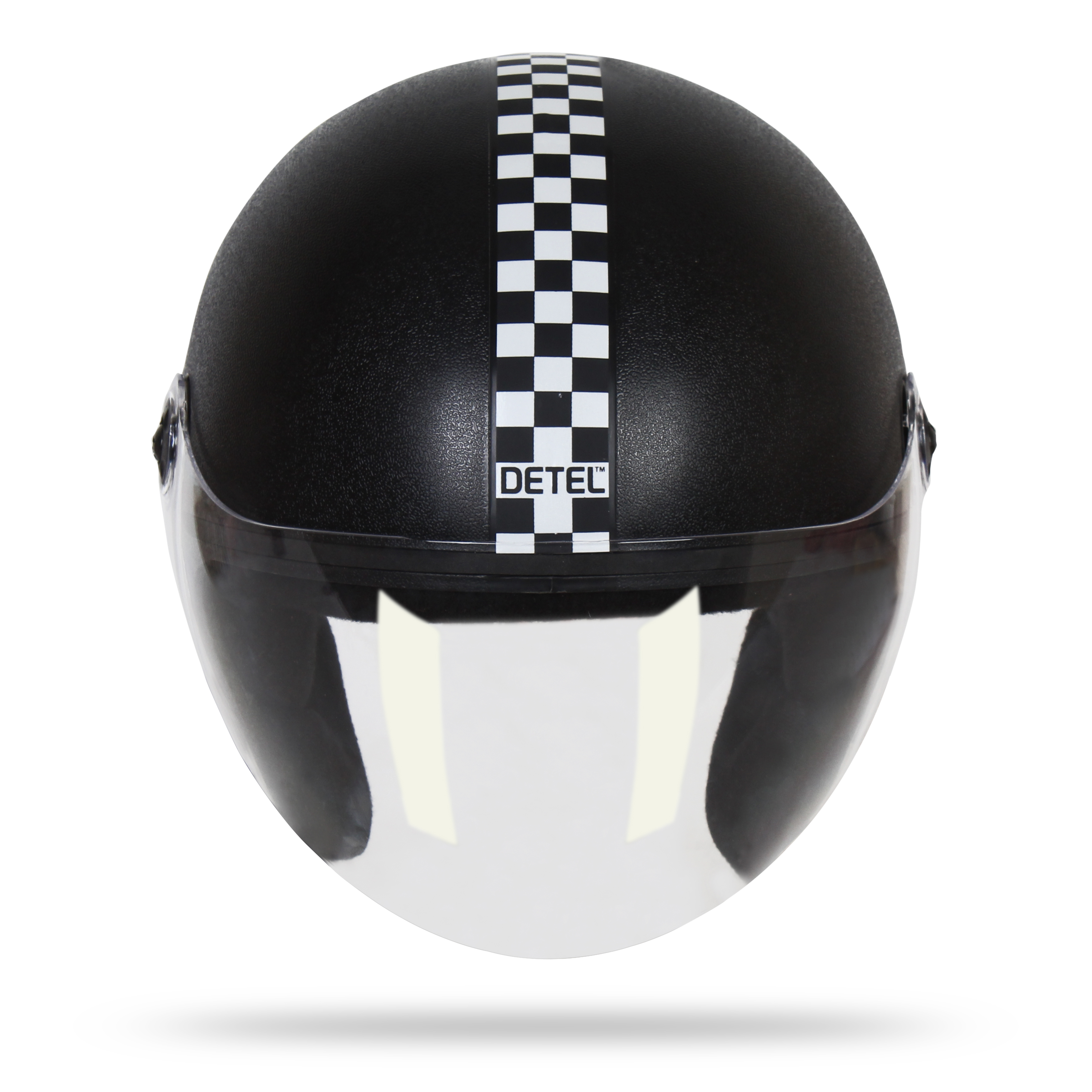The automotive industry is racing in the light-weighting lane to catch up with the market demand. Emission norms are becoming more stringent and engine downsising is the passion of OEMs. In order to abide by the emission norms, be it Euro V or Euro VI, the concept of downsising has become pervasive. The technology for this is to remove the liners in the engine blocks, especially in the aluminium blocks. Heller Machine Tools in collaboration with Daimler AG has developed a new process technology for coating cylinder bore surfaces of lightweight automotive aluminum engine crankcases, imparting a durable material that will extend engine life and improve performance.
Typically, lightweight engine blocks use cylinder liners, but there is now a practical alternative, twin-wire arc spraying, a cost-effective technology for coating cylinder bores. The new technology is marketed globally under the name of Heller CBC (Cylinder Bore Coating). Beside the primary coating process, Heller’s CBC machining process includes fine boring, roughening, finish honing to expose pores, and finish machining.
Elaborating on the new process, Mahesh Tyagi, Country Manager, Heller India, said, “When we remove the liners, it is necessary for us to make the bore hard. We can achieve the same by coating the block and by means of that, friction is reduced, un-burnt fuel is taken care of and CO2 emissions are effectively managed. But this coating has to be conceptualised from the designing stage. From casting to finishing, the lines should be ready and coating is a process carried out in the whole machine line.”
The liner removal concept is bought from Daimler AG during a joint venture and it was ‘Generation-1’ technology then. Now the same has been upgraded and ‘Generation-4’ machines are getting developed. Commenting on the new technology, Tyagi said, “There are two or three types of coating technologies but the market’s ambience should be taken into consideration before deriving a particular type of technology. For instance there is a technology called ‘PTWA’ in which plasma arc is used, but hydrogen gas is a problem. The gas reacts with oxygen and deposits water vapour in the bore which leads to corrosion. Consider a region where there is snow fall for 6 months and if the car is parked untouched in that period and ignited after 6 months, due to corrosion the engine will not start. To avoid all these, electric arc is used to melt the wires and this is a little expensive but the intent is achieved.”
The process uses a twin-wire arc spray that melts iron or carbon wires, then uses nitrogen gas to propel the particles onto the surface of the cylinder bores at a velocity of from 60 to 80 m/sec. The particles are at a temperature of up to 2000 degree centigrade. The resulting surface provides both wear-resistance and lubricity. The coating withstands even at 2000 degrees centigrade as the block is heated to that level but ironically the block gets heated up to 800 degrees during engine operations. The block has the capacity to withstand such heavy temperatures and it is heated to spray which means the melting point is 1500 degree centigrade. This technology of removing liners is used in cast iron and aluminium blocks. OEMs have underlined their needs that by 2020 engines have to be liner-free. Hence the technology has huge demand and the company is planning to join hands with the OEMs’ aspirations.
“When engine becomes liner-free, approximately 10kg would be reduced. For instance, a V8 engine has 8 liners and even if a liner weighs only 0.5kg , there will be significant reduction in engine weight. We have a huge technical centre in Germany where 20-30 blocks could be coated and tested. If the design proves to be good, we can take orders. For us it will take 4-5 years to stabilise the first engine design with coating technology. We are actively discussing with the customers in India who are interested in buying our machines,” Tyagi highlighted.
Passenger cars and pick-up trucks are getting examined frequently with fuel efficiency and CO2 emission standards. The company tunes its attention to implement the technologies for these segments. “The more you delay implementing the technology in engines the more you get distanced from the fellow players in the market. If companies like Mahindra or Suzuki need this engine, they need to break the ground for that now itself. ‘Invest now for future’ should be the attitude and 8-9 years down the line the investors or OEMs could get into the production phase,” he said.
The ROI (Return on Investment) should not linger in the minds of OEMs as this technology once gets on-boarded in the engines the cost differentiation would not be huge. With this technology, even with one million engines, the cost does not bring phantoms as a lot of wires are used. The wires are rated cheaper than the liners.
About the refurbished machines Tyagi said, “As cost becomes a vital factor, refurbished machines are in big demand in India. The only difference between the new machine and the refurbished one is the ideal time. If you have enough time to produce a component refurbished machines could be installed in the facility. On the other hand top players like BMW or Fiat are entering India and establishing plants. Heller should be joining hands with them delivering their machine needs. A balance has to be drawn knowing the customer needs.”


















Leave a Reply